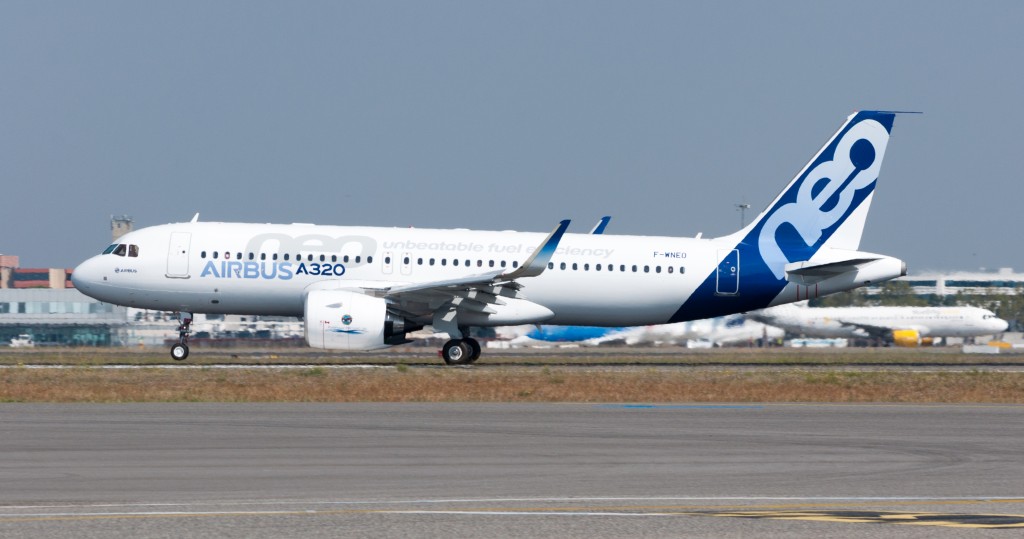The following document considers a number of issues and identifies the current and future viewpoint which is understood to be the position taken by EASA
Concerning the back-to-birth traceability for any component fitted to European aircraft?
The issue occurs because the requirements focus on only Life Limited Components (LLC) and the records do not focus on back to birth which is at variance with some best practice requirements required by leasing companies in support of maintaining asset value.
The term “back to birth” is not used in European regulations. The requirements that apply to a service life-limited component (see definition in AMC M.A.305) are basically stated in M.A.305 (e) and (h). All detailed maintenance records of a maintenance action (e.g. a restoration) must be kept until another maintenance action equivalent in scope (another restoration) is done, but never less than 36 months. Keep in mind that:
- a service life limited component log card must be kept with all the relevant information, so the action should be recorded there, and
- the records showing compliance with other requirements stated in M.A.305, e.g. an airworthiness directive, or any other information that could be affecting the configuration of the aircraft, must be retained too.
So clearly we can see that the EASA regulations do not support an effective component management process as “preferred” by many stake holders within the industry. The challenge becomes to accept that Hrs / Cycs & Lndgs are NOT going to be available for ALL components.
Therefore a lease condition which requires component life as a % of aircraft life becomes an unmanageable objective.
Consideration should be given to removing or changing the clause so it fully aligns with the regulatory requirement issued by EASA.
Concerning the importation of Aircraft into an EU managed jurisdiction.
When we import an aircraft into the EU the available release documentation accompanying components is most likely not to be in conformity with the requirements.
A full assessment will be performed as part of the airworthiness review, noting that the first Airworthiness Review (ARC) is performed by the regulatory authority of the proposed state of the operator.
For the import of aircraft in the EU, the provisions of M.A.904 require the accomplishment of the airworthiness review, associated AMC M.A.904(a)(2) defines work to be performed in order to determine the airworthiness status of the aircraft.
When performing the airworthiness review there would be certain provisions of part-M where it might be not possible to show the full compliance with M.A.710 e.g. availability of EASA Form 1 for all relevant components. In such case, other releases to service or serviceable tags may be acceptable for the competent authority of the importing country.
Nevertheless, it must be ensured that the information required by M.A.305(d) related to the status of ADs, determination of remaining life, modifications and repairs is available (see also AMC M.A.305(d)).
Please note that there is no substitute at this point for the due diligence performed on behave of the operators Part M CAMO to assess all compliance related issues.
Go to Part 2
Steve Bentley
Managing Director




